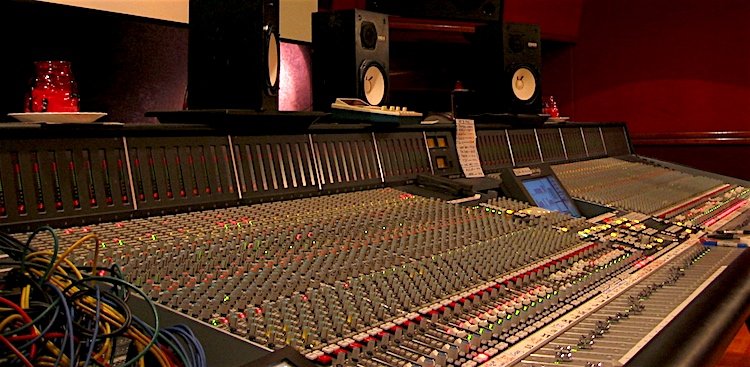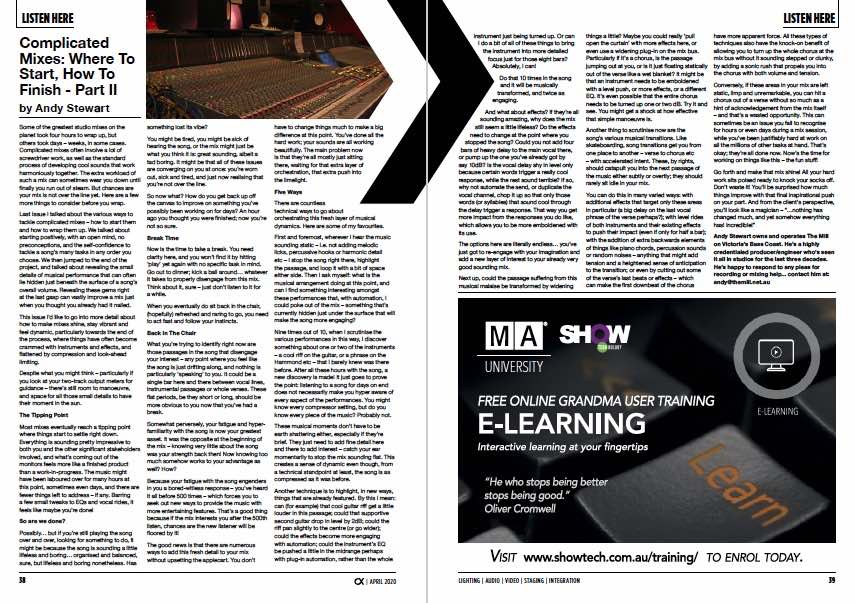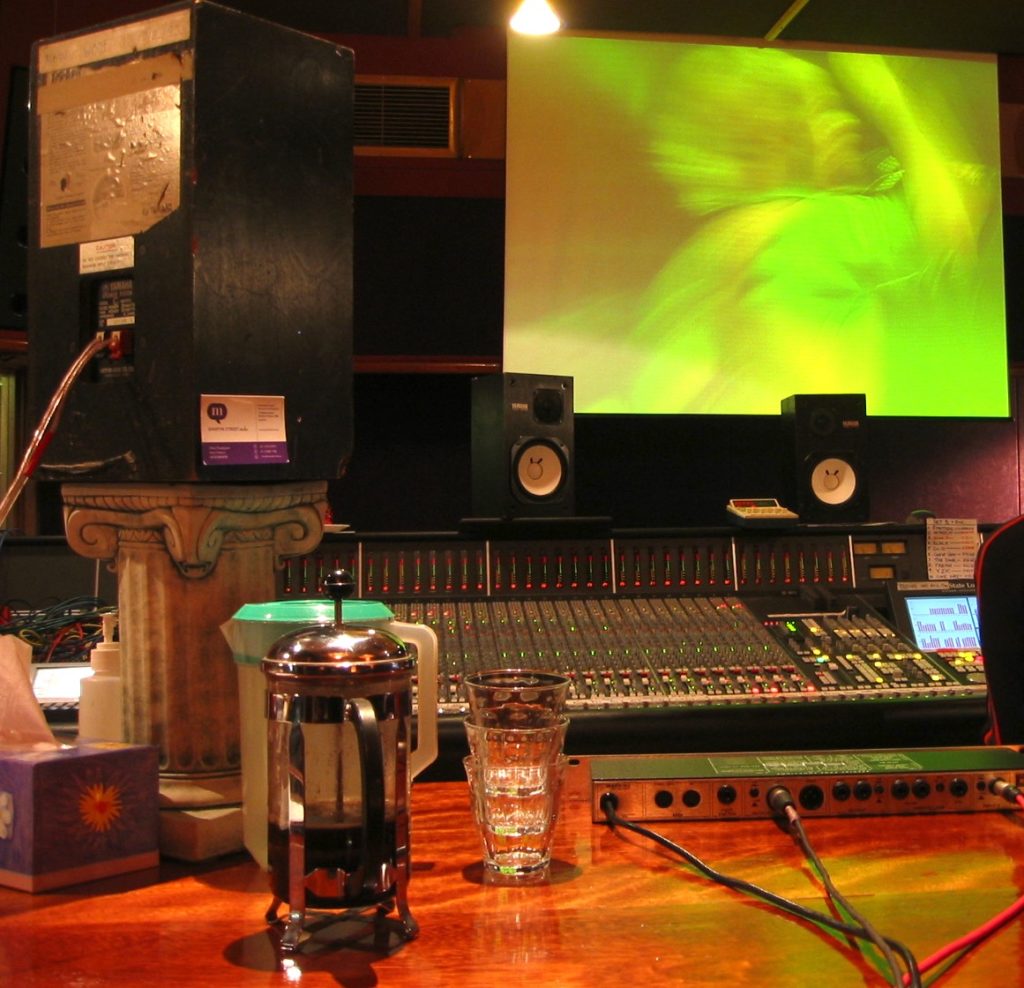News
24 Apr 2020
Complicated Mixes: Where To Start, How To Finish – Part II

Subscribe to CX E-News
Some of the greatest studio mixes on the planet took four hours to wrap up, but others took days – weeks, in some cases.
Complicated mixes often involve a lot of screwdriver work, as well as the standard process of developing cool sounds that work harmoniously together.
The extra workload of such a mix can sometimes wear you down until finally you run out of steam. But chances are your mix is not over the line yet. Here are a few more things to consider before you wrap.
Last issue I talked about the various ways to tackle complicated mixes – how to start them and how to wrap them up.
We talked about starting positively, with an open mind, no preconceptions, and the self-confidence to tackle a song’s many tasks in any order you choose.
We then jumped to the end of the project, and talked about revealing the small details of musical performance that can often lie hidden just beneath the surface of a song’s overall volume.
Revealing these gems right at the last gasp can vastly improve a mix just when you thought you already had it nailed.
This issue I’d like to go into more detail about how to make mixes shine, stay vibrant and feel dynamic, particularly towards the end of the process, where things have often become crammed with instruments and effects, and flattened by compression and look-ahead limiting.
Despite what you might think – particularly if you look at your two-track output meters for guidance – there’s still room to manoeuvre, and space for all those small details to have their moment in the sun.
The Tipping Point
Most mixes eventually reach a tipping point where things start to settle right down. Everything is sounding pretty impressive to both you and the other significant stakeholders involved, and what’s coming out of the monitors feels more like a finished product than a work-in-progress.
The music might have been laboured over for many hours at this point, sometimes even days, and there are fewer things left to address – if any.
Barring a few small tweaks to EQs and vocal rides, it feels like maybe you’re done! So are we done?
Possibly… but if you’re still playing the song over and over, looking for something to do, it might be because the song is sounding a little lifeless and boring… organised and balanced, sure, but lifeless and boring nonetheless.
Has something lost its vibe? You might be tired, you might be sick of hearing the song, or the mix might just be what you think it is: great sounding, albeit a tad boring.
It might be that all of these issues are converging on you at once: you’re worn out, sick and tired, and just now realising that you’re not over the line.
So now what? How do you get back up off the canvas to improve on something you’ve possibly been working on for days? An hour ago you thought you were finished; now you’re not so sure.
Break Time
Now is the time to take a break. You need clarity here, and you won’t find it by hitting ‘play’ yet again with no specific task in mind.
Go out to dinner; kick a ball around… whatever it takes to properly disengage from this mix. Think about it, sure – just don’t listen to it for a while.
When you eventually do sit back in the chair, (hopefully) refreshed and raring to go, you need to act fast and follow your instincts.
Back In The Chair
What you’re trying to identify right now are those passages in the song that disengage your interest – any point where you feel like the song is just drifting along, and nothing is particularly ‘speaking’ to you.
It could be a single bar here and there between vocal lines, instrumental passages or whole verses. These flat periods, be they short or long, should be more obvious to you now that you’ve had a break.
Somewhat perversely, your fatigue and hyper-familiarity with the song is now your greatest asset. It was the opposite at the beginning of the mix – knowing very little about the song was your strength back then!
Now knowing too much somehow works to your advantage as well?
How? Because your fatigue with the song engenders in you a bored-witless response – you’ve heard it all before 500 times – which forces you to seek out new ways to provide the music with more entertaining features.
That’s a good thing because if the mix interests you after the 500th listen, chances are the new listener will be floored by it!
The good news is that there are numerous ways to add this fresh detail to your mix without upsetting the applecart.
You don’t have to change things much to make a big difference at this point. You’ve done all the hard work; your sounds are all working beautifully.
The main problem now is that they’re all mostly just sitting there, waiting for that extra layer of orchestration, that extra push into the limelight.
Nine times out of 10… I discover something about one or two of the instruments – a cool riff on the guitar, or a phrase on the Hammond etc – that I barely knew was there before
Five Ways
There are countless technical ways to go about orchestrating this fresh layer of musical dynamics. Here are some of my favourites.
First and foremost, wherever I hear the music sounding static – i.e. not adding melodic licks, percussive hooks or harmonic detail etc – I stop the song right there, highlight the passage, and loop it with a bit of space either side.
Then I ask myself: what is the musical arrangement doing at this point, and can I find something interesting amongst these performances that, with automation, I could poke out of the mix – something that’s currently hidden just under the surface that will make the song more engaging?
Nine times out of 10, when I scrutinise the various performances in this way, I discover something about one or two of the instruments – a cool riff on the guitar, or a phrase on the Hammond etc – that I barely knew was there before.
After all these hours with the song, a new discovery is made! It just goes to prove the point: listening to a song for days on end does not necessarily make you hyper aware of every aspect of the performances.
You might know every compressor setting, but do you know every piece of the music? Probably not.
These musical moments don’t have to be earth shattering either, especially if they’re brief. They just need to add fine detail here and there to add interest – catch your ear momentarily to stop the mix sounding flat.
This creates a sense of dynamic even though, from a technical standpoint at least, the song is as compressed as it was before.
Another technique is to highlight, in new ways, things that are already featured.
By this I mean: can (for example) that cool guitar riff get a little louder in this passage; could that supportive second guitar drop in level by 2dB; could the riff pan slightly to the centre (or go wider); could the effects become more engaging with automation; could the instrument’s EQ be pushed a little in the midrange perhaps with plug-in automation, rather than the whole instrument just being turned up.
Or can I do a bit of all of these things to bring the instrument into more detailed focus just for those eight bars? Absolutely, I can!
Do that 10 times in the song and it will be musically transformed, and twice as engaging.
And what about effects? If they’re all sounding amazing, why does the mix still seem a little lifeless? Do the effects need to change at the point where you stopped the song?
Could you not add four bars of heavy delay to the main vocal there, or pump up the one you’ve already got by say 10dB? Is the vocal delay shy in level only because certain words trigger a really cool response, while the rest sound terrible?
If so, why not automate the send, or duplicate the vocal channel, chop it up so that only those words (or syllables) that sound cool through the delay trigger a response. That way you get more impact from the responses you do like, which allows you to be more emboldened with its use.
The options here are literally endless… you’ve just got to re-engage with your imagination and add a new layer of interest to your already very good sounding mix.
Next up, could the passage suffering from this musical malaise be transformed by widening things a little?
Maybe you could really ‘pull open the curtain’ with more effects here, or even use a widening plug-in on the mix bus. Particularly if it’s a chorus, is the passage jumping out at you, or is it just floating statically out of the verse like a wet blanket?
It might be that an instrument needs to be emboldened with a level push, or more effects, or a different EQ. It’s even possible that the entire chorus needs to be turned up one or two dB.
Try it and see. You might get a shock at how effective that simple manoeuvre is.
Another thing to scrutinise now are the song’s various musical transitions.
Like skateboarding, song transitions get you from one place to another – verse to chorus etc – with accelerated intent. These, by rights, should catapult you into the next passage of the music either subtly or overtly; they should rarely sit idle in your mix.
… why not automate the send, or duplicate the vocal channel, chop it up so that only those words (or syllables) that sound cool through the delay trigger a response.
You can do this in many varied ways: with additional effects that target only these areas in particular (a big delay on the last vocal phrase of the verse perhaps?); with level rides of both instruments and their existing effects to push their impact (even if only for half a bar); with the addition of extra backwards elements of things like piano chords, percussion sounds or random noises – anything that might add tension and a heightened sense of anticipation to the transition; or even by cutting out some of the verse’s last beats or effects – which can make the first downbeat of the chorus have more apparent force.
All these types of techniques also have the knock-on benefit of allowing you to turn up the whole chorus at the mix bus without it sounding stepped or clunky, by adding a sonic rush that propels you into the chorus with both volume and tension.
Conversely, if these areas in your mix are left static, limp and unremarkable, you can hit a chorus out of a verse without so much as a hint of acknowledgement from the mix itself – and that’s a wasted opportunity.
This can sometimes be an issue you fail to recognise for hours or even days during a mix session, while you’ve been justifiably hard at work on all the millions of other tasks at hand.
That’s okay; they’re all done now. Now’s the time for working on things like this – the fun stuff!
Go forth and make that mix shine! All your hard work sits poised ready to knock your socks off. Don’t waste it!
You’ll be surprised how much things improve with that final inspirational push on your part. And from the client’s perspective, you’ll look like a magician – “…nothing has changed much, and yet somehow everything has! Incredible!”
Andy Stewart owns and operates The Mill on Victoria’s Bass Coast. He’s a highly credentialed producer/engineer who’s seen it all in studios for the last three decades. He’s happy to respond to any pleas for recording or mixing help… contact him at: andy@themill.net.au
CX Magazine – April 2020
LIGHTING | AUDIO | VIDEO | STAGING | INTEGRATION

Entertainment technology news and issues for Australia and New Zealand
– in print and free online www.cxnetwork.com.au
See also Complicated Mixes – Part I from CX Magazine, March 2020.
https://www.cxnetwork.com.au/complicated-mixes-start-to-finish-1
© VCS Creative Publishing
Subscribe
Published monthly since 1991, our famous AV industry magazine is free for download or pay for print. Subscribers also receive CX News, our free weekly email with the latest industry news and jobs.





